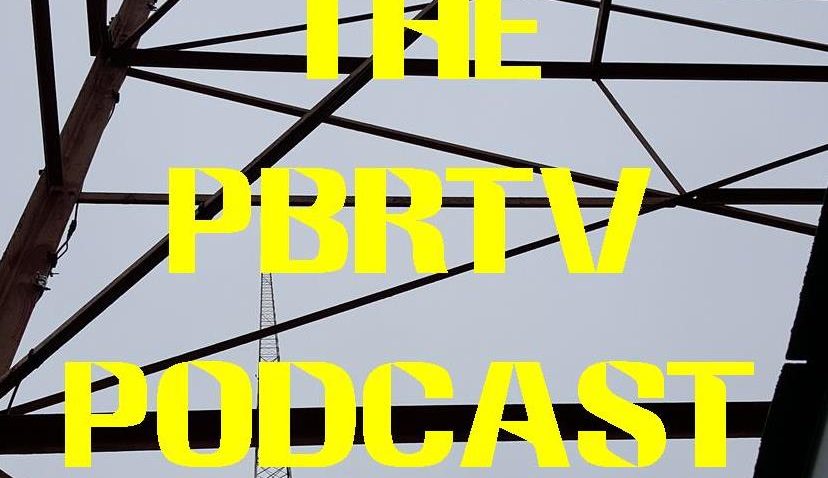Hail to the Chief
February 18, 2008
Today is Presidents’ Day in the United States. And no matter where you fall on the political spectrum — AM or FM, digital or analog — we think you might enjoy a list of American presidential broadcasting “firsts.”
You probably know that the first U.S. presidential election returns broadcast were of the 1920 contest between Republican Warren G. Harding and Democrat James Cox. The returns were heard over KDKA, whose transmitter was on the roof of Westinghouse Electric’s factory in East Pittsburgh. KDKA had the first commercially issued broadcast license, and has long claimed that this was the start of commercial broadcasting; other stations dispute that.
 But the first U.S. president whose voice was carried by radio waves was Woodrow Wilson. In 1919, using a ship-to-ship transceiver on board a seagoing U.S. Navy vessel, he addressed a group of sailors on other ships in the fleet. Some amateur radio operators (“hams”) on shore were able to hear Wilson’s speech as well.*
But the first U.S. president whose voice was carried by radio waves was Woodrow Wilson. In 1919, using a ship-to-ship transceiver on board a seagoing U.S. Navy vessel, he addressed a group of sailors on other ships in the fleet. Some amateur radio operators (“hams”) on shore were able to hear Wilson’s speech as well.*
Harding was the first president to install a radio in the White House on February 8, 1922. After he died unexpectedly while in office, his vice president, Calvin Coolidge, became the first president to make a national radio address. President Coolidge’s speech on Washington’s Birthday (Feb. 22, 1924) was heard on 42 stations.*
Also in 1924, Coolidge became the first president to use radio advertising to conduct his election campaign. The speech he gave on the night before the election had the largest radio audience in history to that date. On March 3, 1925, his inauguration was the first ever broadcast on radio; 23 million Americans listened.*
The first U.S. president to appear on television was Franklin D. Roosevelt. His speech opening the New York’s World Fair on April 30, 1939, was seen in the New York metropolitan area over RCA’s experimental station.*
Harry S. Truman was the first president to make a national television address. About 10 million people watched on Oct. 5, 1947, as Truman urged Americans to conserve food to help the starving peoples of war-torn Europe.*
Truman’s inaugural address on January 20, 1949, was the first ever televised.*
The first president shown on color television was Dwight D. Eisenhower. His speech to the graduating class of the U.S. Army’s West Point Military Academy aired on June 7, 1955 … the same day that “The $64,000 Question” debuted.*
Eisenhower also became the first president to appear on color TV via videotape, when he spoke at the dedication of WRC-TV’s studios in Washington, D.C., on May 22, 1958. The broadcast is one of the oldest surviving color videotapes.*
The first U.S. president to be broadcast via satellite was John F. Kennedy, whose press conference of July 23, 1962, was carried to Europe on Telstar:
The only U.S. president to own a radio or TV station was Lyndon B. Johnson. Technically, KTBC radio and TV in Austin, Texas, were owned by his wife, Lady Bird, but an expose in Life magazine claimed that as a congressman and senator, Johnson had used his influence to obtain network affiliations for the stations, and to block the FCC from awarding other licenses in the area. * The television station was sold in 1972, but the Johnson family continued to operate a cable TV system until the 1990s and several radio stations until 2003. *
And finally, if voters had elected Barry Goldwater in 1964, we would have gotten the only president who could fix his own television. An avid electronics and radio buff, Goldwater assembled more than 100 Heathkits, often flying to the company’s factory in Benton Harbor, Mich., to stock up.
When the Heath Company stopped making electronics kits in 1992, Goldwater complained to the New York Times: “It’s just that people today are getting terribly lazy, and they don’t like to do anything they can pay someone else to do.”*
With an attitude like that, it’s no wonder he didn’t get elected.

